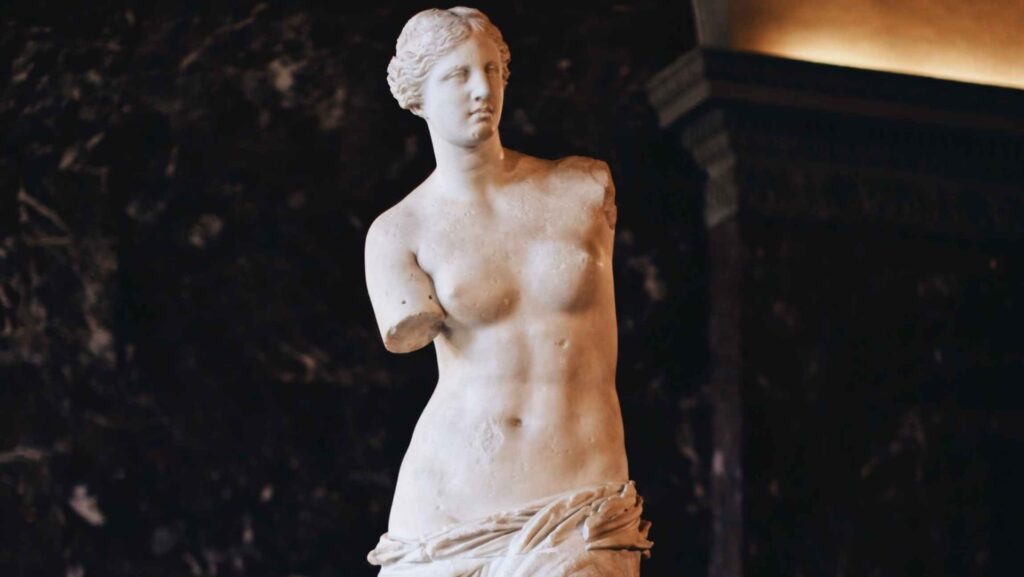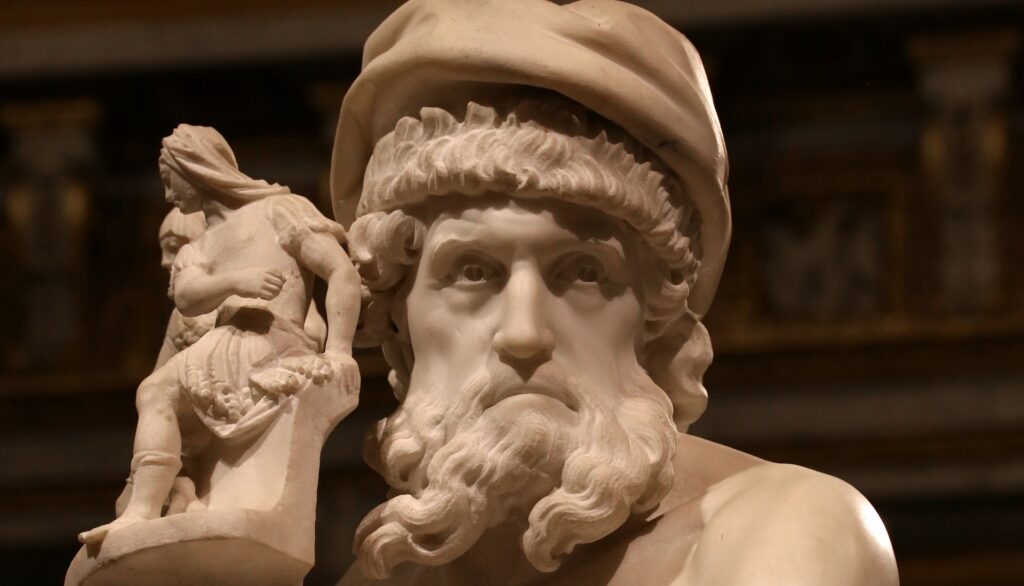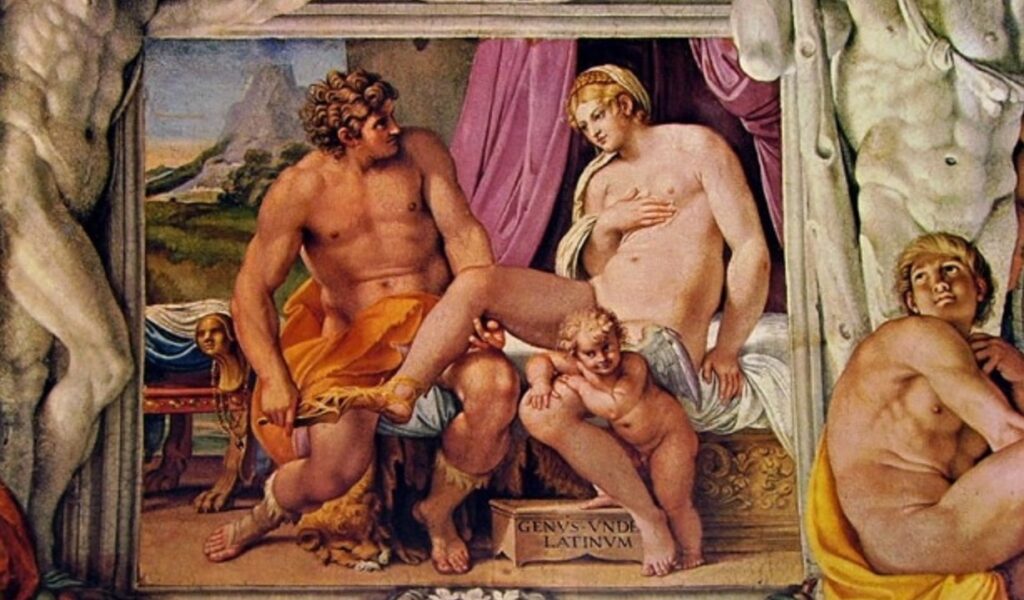THE BIRTH OF AENEAS
Ascanius’ grandparents
THE BIRTH OF AENEAS
We know from mythology that Aeneas was a demi-god, son of the shepherd Anchises and the goddess Aphrodite.
Anchises and Aphrodite were, in short, the grandparents of Aeneas’ son, the young Ascanius.
Greek mythology (Homeric Hymn to Aphrodite) tells us that the Goddess, not wanting to reveal her true identity, presented herself to the handsome young Anchises in the guise of a Phrygian princess. The deception was successful, so the most beautiful of the Olympian gods could lie, hiding her identity from everyone, and above all from Zeus’ jealousy.
So she lay with the young shepherd for one night, revealing her true identity only after the union. From this union Aeneas was born.

© Photo by tabitha turner on Unsplash
However, the union with Aphrodite cost the poor and unsuspecting Anchises great suffering. Drunk on wine, during a banquet, he revealed the secret and unspeakable union to the other guests. But Zeus, jealous and hot-tempered, heard him and punished him, severely and unjustly in the eyes of us humans, by hurling a thunderbolt at him and leaving him lame and bent in two.
The very name Anchises, which according to Greek etymology refers to his being ‘bent’, indicates the outcome of divine punishment.

© Photo on Wikimedia Commons
The deities of Olympus were indeed inscrutable and far removed from the ideas of justice and temperance that govern more evolved human communities.
Many scholars over the centuries, from antiquity to the present day, have collected the countless versions of the classical myths and questioned the nature of the gods according to the ancients.

In the case of the union between Anchises and Aphrodite, a famous work, part of a larger cycle of frescoes, was commissioned to the great painter Annibale Carracci, who painted it in the Palazzo Farnese in Rome between 1597 and 1600. The scene depicting the ‘grandfathers of Ascanius’, Anchises and Aphrodite about to lie together in the same bed, watched over by a graceful Eros, is splendid. Carracci depicts Anchises removing the stocking from Aphrodite’s foot in the presence of the figure of Eros.
Some scholars have linked the mural to the marriage of Ranuce Farnese, brother of Cardinal Edoardo Farnese, and Margherita Aldobrandini. The inscription ‘Genus unde Latinum‘ (Aeneid, I, 6) appears to link the union of the two noble families to the greatness of Rome. Some have also interpreted it as an ironic allusion: a wish for the couple to produce offspring destined for great deeds through a reference to the legend of the night spent between Aphrodite and the young Anchises in the Troad region.
© Cover image: Photo by Emir Dağcı on Unsplash


